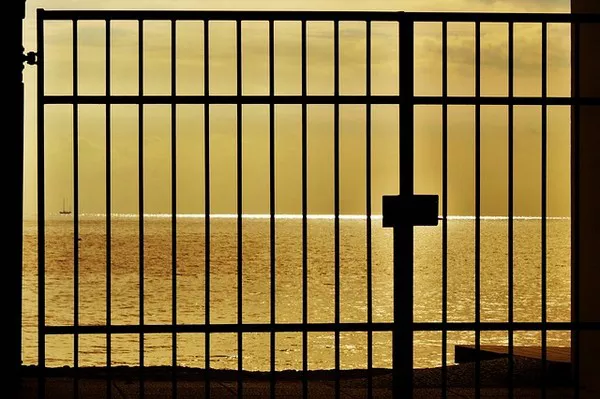Gold prices experienced an uptick on Monday, bolstered by market speculations that the Federal Reserve will maintain interest rates at their current levels during this week’s meeting. Additionally, escalating concerns surrounding a potential U.S. government shutdown drove safe-haven demand for the precious metal.
Despite recent robust inflation and economic activity data, the consensus in the markets remains that an imminent U.S. interest rate hike is unlikely. Nevertheless, the surge in the dollar, reaching a six-month high on the back of the aforementioned data, limited the gains in gold prices.
Furthermore, the yellow metal is poised to witness an increase in safe-haven demand due to apprehensions regarding a U.S. government shutdown. Key Republican lawmakers are currently at odds over defense spending and broader fiscal spending cuts, leaving a narrow two-week window for lawmakers to pass a new spending bill and avert a potential shutdown.
Historically, gold has demonstrated minimal gains during past government shutdowns. For instance, during the longest government shutdown in history from 2018 to 2019, gold prices saw only a modest increase of $20 over a span of 35 days.
As of 23:49 ET (03:49 GMT), spot gold displayed a 0.3% rise, reaching $1,929.32 per ounce. Simultaneously, gold futures set to expire in December recorded a 0.2% gain, reaching $1,950.15 per ounce. These figures marked a 0.3% increase from the previous week.
Fed Anticipated to Maintain Rates, Though Inflation Pressures Persist
The Federal Reserve is widely expected to keep interest rates unchanged at the conclusion of its two-day meeting this Wednesday. However, market participants remain vigilant regarding the central bank’s outlook, particularly in light of recent inflationary pressures and the resilience of the U.S. economy. These factors have provided the Federal Reserve with additional room to consider further interest rate hikes.
Regardless of the decision made by the Federal Reserve, it is anticipated that interest rates will remain at their highest levels in over two decades until at least mid-2024. This prolonged trend has placed significant downward pressure on gold prices throughout the past year and is expected to restrict substantial upward movements in the precious metal.
The rise in interest rates tends to elevate the opportunity cost associated with investing in non-yielding assets, which in turn poses a less favorable outlook for precious metals.
In addition to the Federal Reserve, central bank decisions in China, the United Kingdom, and Japan are on the horizon for this week. However, only the Bank of England is predicted to raise interest rates.
Copper Prices Hold Steady Amid Renewed China Concerns
Within the realm of industrial metals, copper prices exhibited marginal movement on Monday, driven by renewed apprehensions surrounding China, a significant importer of the metal, especially within its property market.
Copper futures stabilized at $3.7953 per pound after a notable 2% gain in the previous week.
While recent economic indicators indicated signs of recovery in China, the world’s largest copper importer, its property market faces a fresh test this week with additional bond payments due for embattled developer Country Garden Holdings (HK:2007).
Chinese authorities also detained employees of China Evergrande Group’s (HK:3333) wealth management unit, sparking concerns regarding heightened government scrutiny of the property sector.
The People’s Bank of China is widely expected to maintain its loan prime rates at record lows this Wednesday in an effort to bolster economic growth. Nevertheless, the outlook for China’s property market, a pivotal driver of copper demand, remains predominantly pessimistic.


